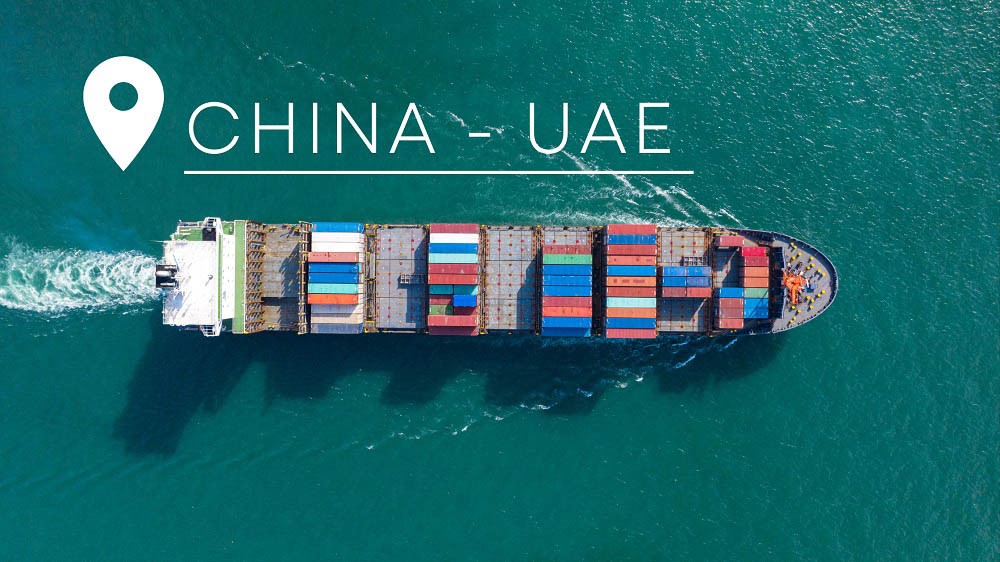When people think of the United Arab Emirates (UAE), images of skyscrapers, luxury shopping, and oil wealth often come to mind. But for exporters, especially businesses shipping from China, the UAE represents more than just a prosperous destination — it’s a strategic market with massive potential and significant risks.
At GoNest, we work with hundreds of clients shipping goods to the Middle East every month. If you’re planning to export to the UAE, here’s what you must know — from geopolitical risks to market opportunities, and how to navigate them safely.
Understanding the UAE: A Quick Overview
The UAE is a federation of seven emirates: Abu Dhabi, Dubai, Sharjah, Ras Al Khaimah, Fujairah, Umm Al Quwain, and Ajman. With a GDP largely driven by oil, petrochemicals, and finance, the country has become a hub for international trade, logistics, and investment.
While agriculture contributes less than 3% of GDP, the UAE is a massive importer of consumer goods, food, electronics, and industrial equipment — making it an attractive market for Chinese exporters.
Notably, more than 200,000 Chinese nationals live in the UAE, forming the largest Chinese community in the Middle East. Bilateral trade between China and the UAE has grown rapidly, covering sectors such as:
- Energy
- Logistics
- Infrastructure
- E-commerce
- Manufacturing
- Tourism & Education
But even with strong diplomatic and economic ties, exporting to the UAE comes with serious considerations.
Key Economic and Political Risks in the UAE
According to the World Bank’s 2018 Global Economic Outlook, the UAE faces both downside and upside risks that may affect foreign trade.
1. Oil Dependency Risk
The UAE’s fiscal stability still depends heavily on oil exports. If U.S. shale oil production rises, global oil prices may fall, weakening the government’s revenue and investor confidence.
2. Financial System Volatility
A rapid increase in U.S. interest rates or large swings in global financial markets could increase borrowing costs, potentially tightening liquidity in the UAE’s banking sector.
3. Contingent Liability Risk
Large-scale government projects like Expo 2020 carry potential risks. Mismanagement could lead to elevated exposure for banks and state-owned enterprises.
4. Geopolitical Risk
The UAE acts as an offshore hub for trade with Iran. Any sanction-related escalation or diplomatic friction could affect cross-border logistics and customs scrutiny.
Strategic Tips for Chinese Exporters
Despite the risks, the UAE remains a high-potential market for Chinese goods and services. Here’s how experienced exporters reduce their exposure and improve success rates:
1. Follow Policy Trends
The UAE is actively reducing its dependence on oil and investing in renewable energy, aviation, digital infrastructure, finance, and tourism. Chinese exporters should align their offerings with these sectors and avoid outdated commodity-based approaches.
2. Partner Locally
Building joint ventures or strategic alliances with UAE-based businesses or international firms improves resilience. Local partners provide better market access, cultural insights, and operational support in complex environments.
3. Build Brand Visibility
The UAE hosts numerous international expos and trade fairs. Invest in localized marketing, showcase Chinese innovation, and establish your brand in a competitive, reputation-driven marketplace.
4. Vet Your Trade Partners
Conduct thorough due diligence before signing contracts. Verify the credit standing and legal identity of your UAE customers, especially if offering payment terms. Make use of GoNest’s Middle East trade support team for on-the-ground advice.
How GoNest Helps Exporters Ship to the UAE
At GoNest, we’ve built a dedicated logistics service line for China-to-UAE exports, including:
- Customs Clearance Assistance: Tailored for GCC regulations
- Door-to-Door DDP Shipping: All taxes and fees included upfront
- Sensitive Goods Handling: Electronics, fashion, cosmetics, etc.
- Local Expertise: Our Middle East team provides documentation tips, packaging suggestions, and risk alerts
For example, our air freight DDP line to the UAE delivers parcels in 7–15 days with full insurance and brand-shielded packaging — ideal for resellers and e-commerce sellers.
GET IN TOUCH
Let us Send You a Quote
Final Thoughts
Exporting to the UAE is not just about accessing wealth — it’s about understanding the region’s economic structure, regulatory landscape, and strategic direction.
By staying informed and choosing the right logistics partner, Chinese exporters can unlock the full potential of the UAE market while minimizing unnecessary risk.
Whether you’re sending construction materials, electronics, clothing, or high-end consumer goods, GoNest helps you move smarter, safer, and faster — every step of the way.
